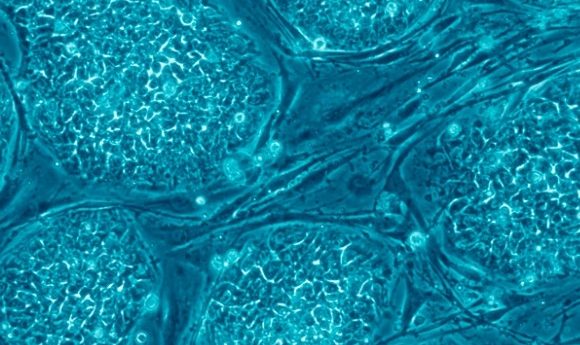Interspecies organ donation

Researchers have developed a way to grow mice stem cell-derived kidneys in rats, providing new opportunities for organ donation.
With 95,000 patients in the US waiting for a donor kidney, demand is far greater than supply when it comes to organ transplants and, despite it being the best course of action, many patients will lose out and are reliant on continued dialysis treatment.
Aiming to eventually fill this gap, researchers from the National Institute for Physiological Sciences (Okazaki, Japan) have been working on new ways to grow healthy human organs in vitro. One method currently used is blastocyst complementation which has shown promise for use in transplantation therapy.
Blastocysts, the cluster of cells formed shortly after fertilization, are taken from mutant animals that lack specific organs. These are then injected with stem cells from a normal donor that differentiate to form the missing organ. The new organ maintains the characteristics of the donor, which does not necessarily have to be the same species as the mutant animal.
“We previously used blastocyst complementation to generate rat pancreas in apancreatic mutant mice,” commented lead author Teppei Goto. “We therefore decided to investigate whether the method could be used to generate functional kidneys, which would have much greater application in regenerative medicine owing to the high donor demand.”
Attempts to grow rat kidneys in mice proved unsuccessful as the donated stem cells did not differentiate into the main cell types needed for kidney formation. However, in the reverse scenario, that being using rat blastocysts and mice stem cells, the correct differentiation occurred, resulting in the basic structure of a kidney.
“In the future, this approach could be used to generate human stem cell-derived organs in livestock, potentially extending the lifespan and improving the quality of life of millions of people worldwide.”
The results, recently published in Nature Communications, showed that more than two-thirds of the resulting rat neonates contained mouse stem cell derived kidneys, all of which were structurally intact, and half could produce urine.
“Our findings confirm that interspecific blastocyst complementation is a viable method for kidney generation,” added corresponding author Masumi Hirabayashi. “In the future, this approach could be used to generate human stem cell-derived organs in livestock, potentially extending the lifespan and improving the quality of life of millions of people worldwide.”
These promising results provide a clear proof-of-concept validation that this approach could be used as a method to grow human kidneys inside livestock.